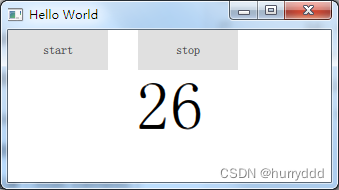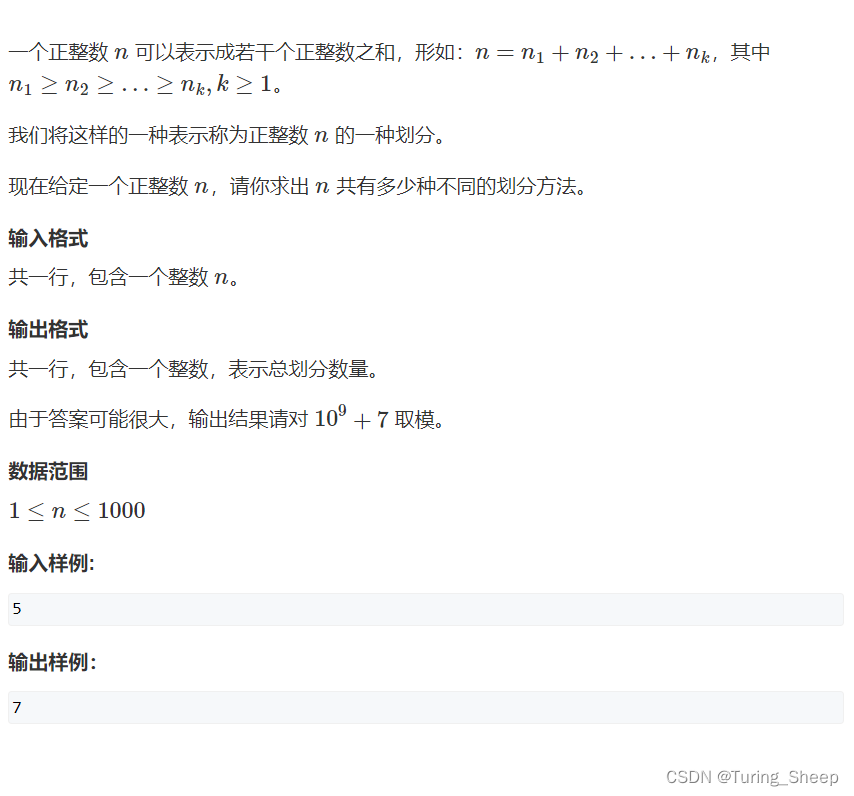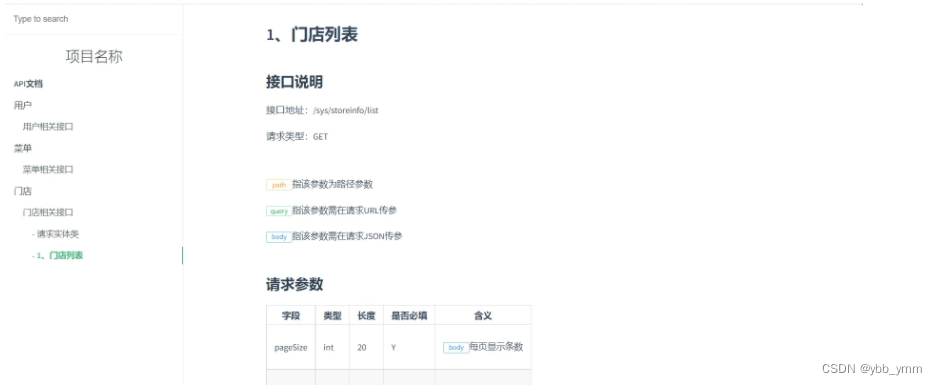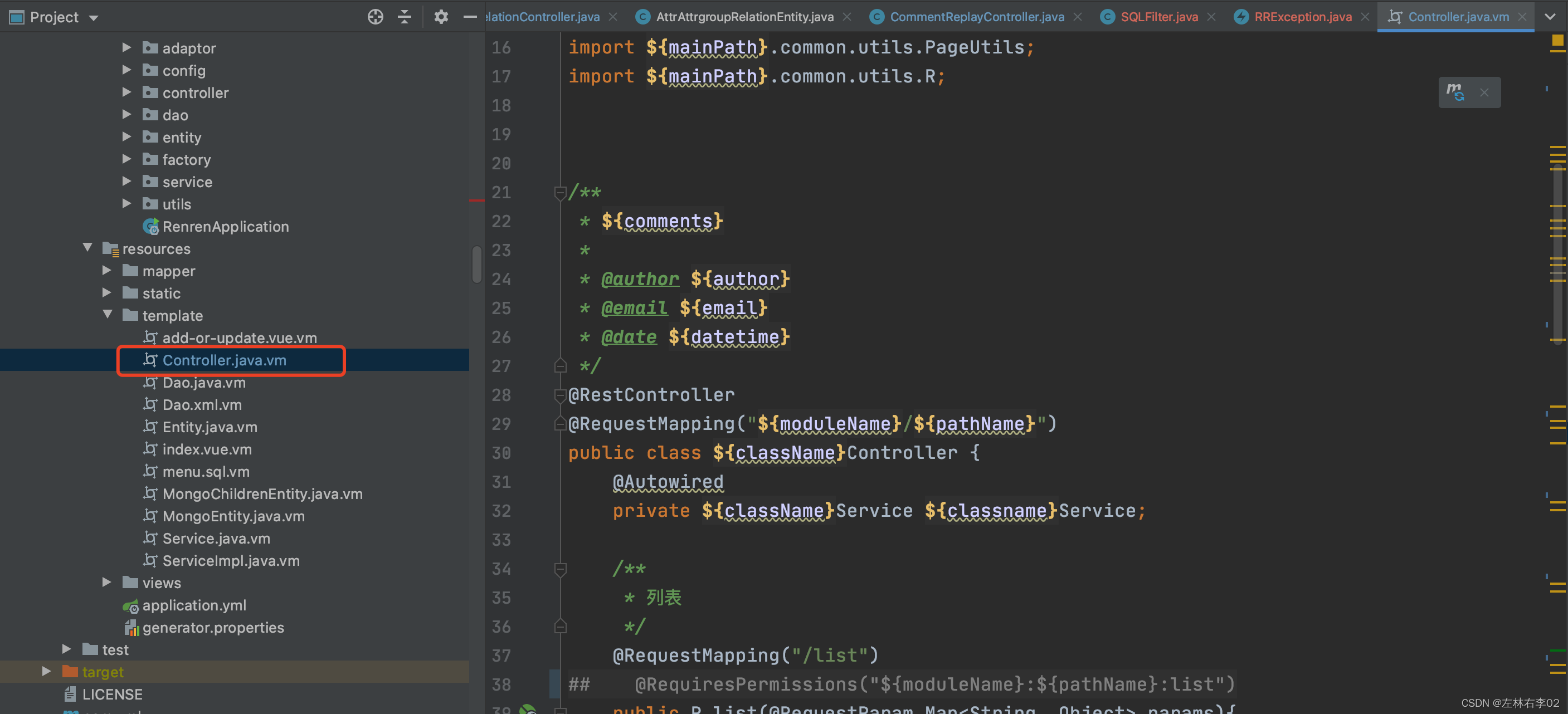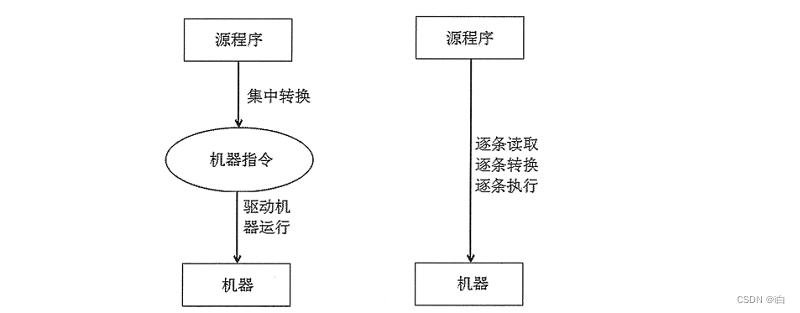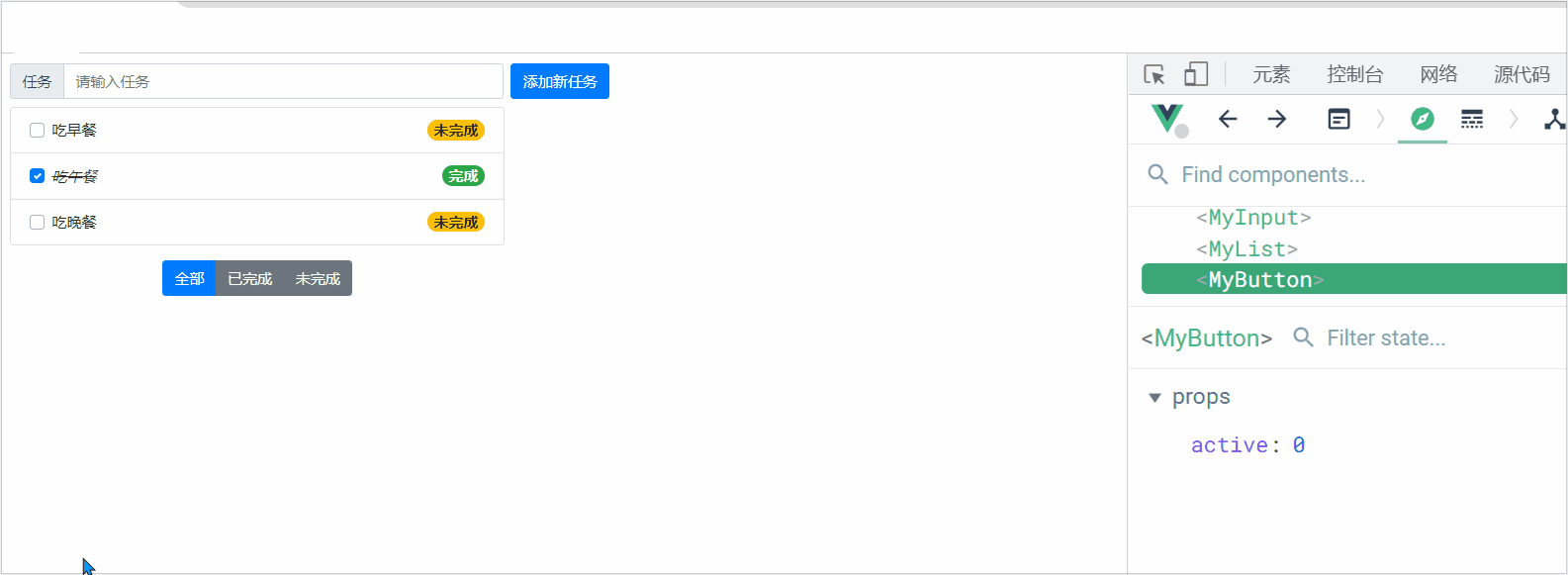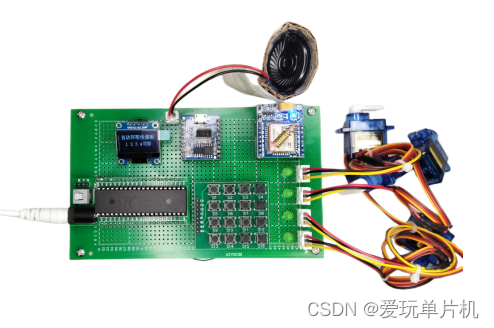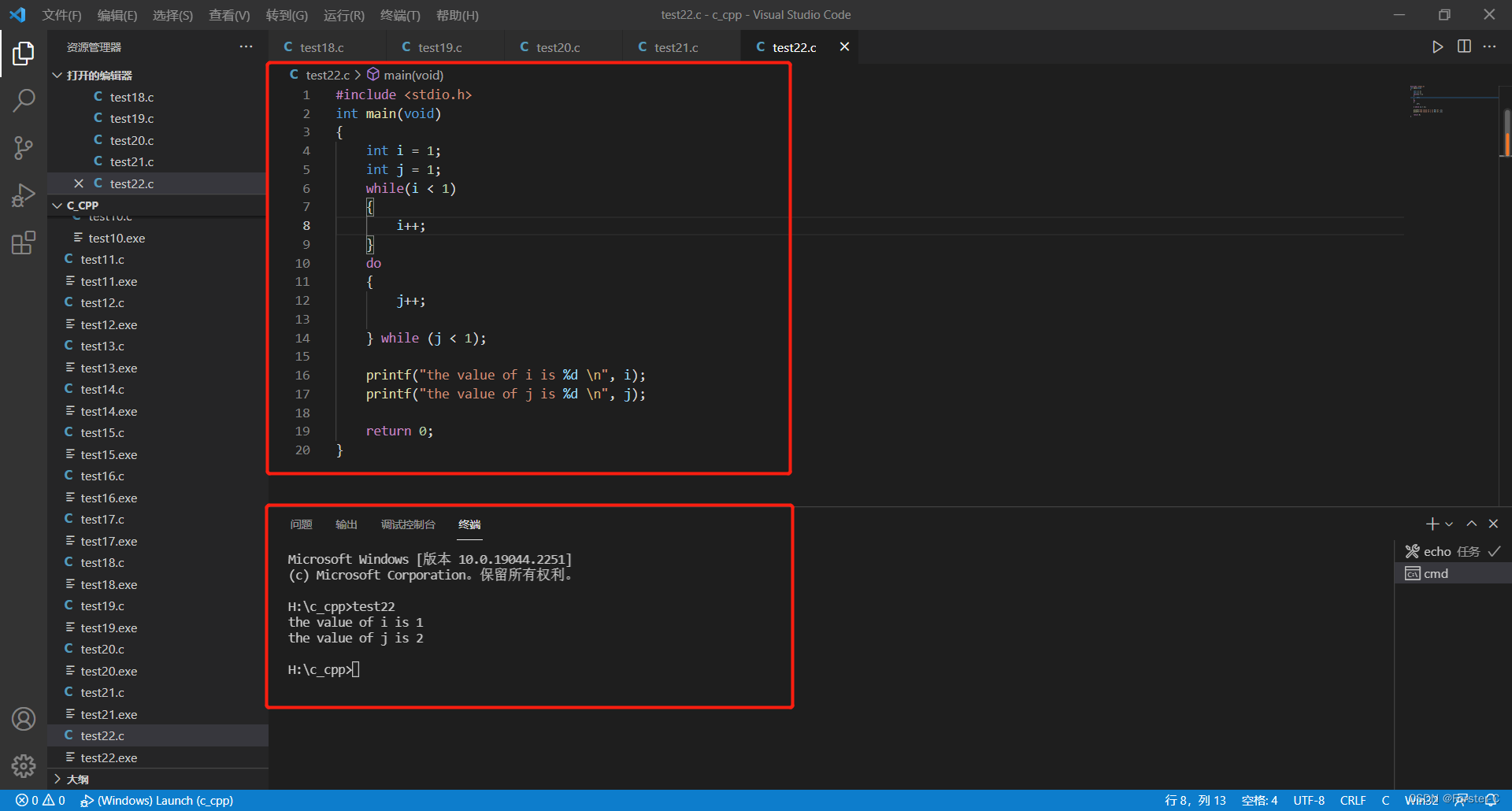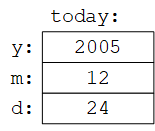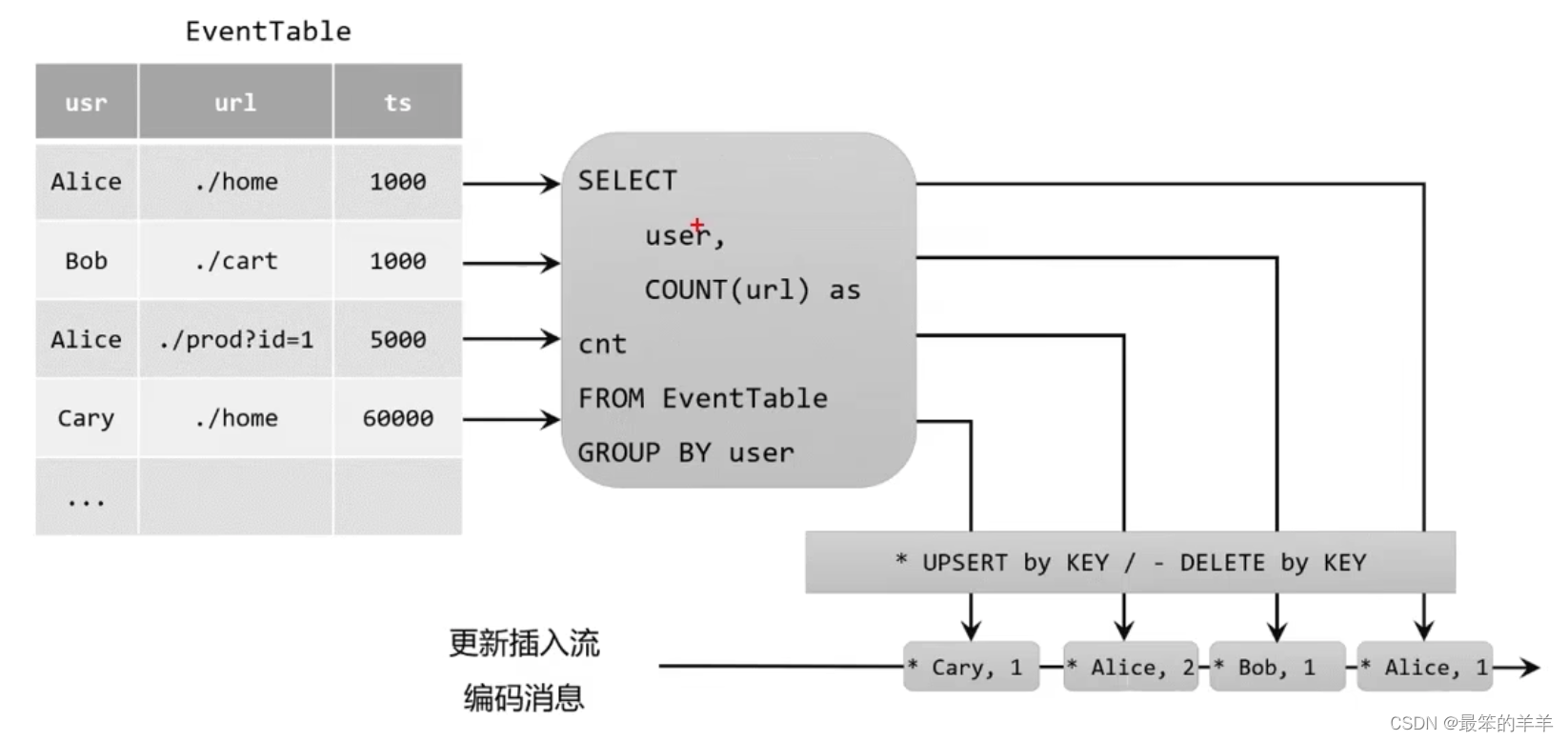1 Repeater与model
Window {
width: 640; height: 480
visible: true
title: qsTr("Hello World")
Column{
id: col
spacing: 30
Repeater{
model: 3 //model控制了所有的数据,这里定义了Button的数量
Button{
width: 100; height: 50
text: "btn" + index
}
}
}
}2 ListView与ListModel、ObjectModel、XmlListModel、FolderListModel
model用于定义数据,delegate用于控制每一项数据如何绘制
(1)ListView 与数值、list类型、ListModel类型model配合使用
import QtQuick 2.0
import QtQuick.Controls 2.0
ListView {
width: 180; height: 200
spacing: 10 //控制两个项之间的距离
//1、model控制了所有的数据
// model: 3 //数字类型
// model:["btn1", "btn2", "btn3"] //list类型
model: ListModel {
ListElement { name: "Bill Smith"; number: "555 3264"}
ListElement { name: "John Brown"; number: "555 8426"}
ListElement { name: "Sam Wise"; number: "555 0473" }
}
//2、delegate控制了每一项数据如何绘制的
delegate: Button {
// text: index
// text: modelData //model类型为list时,要获取list数据可以用modelData获取
text: name + " " + number//model类型为ListModel时,可直接使用ListModel中的自定义数据
}
}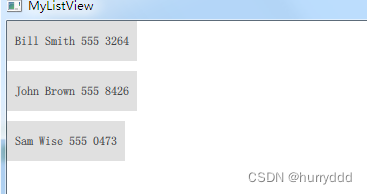
(2)ListView与ObjectModel 类型model配合使用
//5、ListView扩展,实现SwipeView界面切换的效果
Window {
id: root
width: 640; height: 480
visible: true
title: qsTr("ListView(实现SwipeView界面切换的效果)")
//左侧的按钮
Button{
id: btn
width: 100; height: 480
}
//右侧切换的界面
ObjectModel{
id: myModel
Rectangle{
width: 540; height: 480
color: "lightsteelblue"
}
Rectangle{
width: 540; height: 480
color: "grey"
}
Rectangle{
width: 540; height: 480
color: "black"
}
}
ListView{
model: myModel
anchors.left: btn.right
anchors.right: root.right
width: 540; height: 480
orientation: ListView.Horizontal //水平滑动
snapMode: ListView.SnapOneItem //控制一次滑动一个item
clip: true //超过当前范围后会被裁剪
}
}(3)ListView用于XmlListModel类型model配合使用,用于读取xml文件数据
//6、ListView扩展,使用XmlListModel
Window{
id: root
width: 640; height: 480
visible: true
title: qsTr("ListView扩展,使用XmlListModel")
XmlListModel {
id: xmlModel
source: "/myXML.xml" //xml资源文件路径
query: "/rss/channel/item" //item节点路径
//类似于ListEmelents效果
XmlRole { name: "title"; query: "title/string()" }
XmlRole { name: "pubDate"; query: "pubDate/string()" }
}
ListView {
width: 180; height: 300
model: xmlModel
delegate: Text { text: title + ": " + pubDate }
}
}(4)ListView用于FolderListModel类型model配合使用,用于读取文件目录
import QtQuick 2.0
import QtQuick.Window 2.0
import QtQuick.Controls 2.0
import QtQml.Models 2.12
import QtQuick.XmlListModel 2.12
import Qt.labs.folderlistmodel 2.12
//7、ListView扩展,使用FolderListModel
Window{
id: root
width: 640; height: 480
visible: true
title: qsTr("ListView扩展,使用FolderListModel")
FolderListModel {
id: folderModel
//可以指定搜索的路径,路径前必须加上file:///
folder: "file:///H:\\02-QML\\study_project\\03-control\\03-control"
showDirs: false //显示目录下的文件夹,默认是true
nameFilters: ["*"] //文件过滤器
showDirsFirst: true //优先显示文件夹
}
ListView {
width: 200; height: 400
model: folderModel //控制了数据
delegate: Text { //控制了每一项数据的绘制
text: filePath + "/" + fileName
font.pixelSize: 24
}
}
}
3 Popup
4 Combobox
5 ChartView
用于图表的绘制:
PieSeries:饼状图、
LineSeries:线状图、
AreaSeries与BarSeries:柱状图
6 SwipeView
用作滑动窗口切页的效果
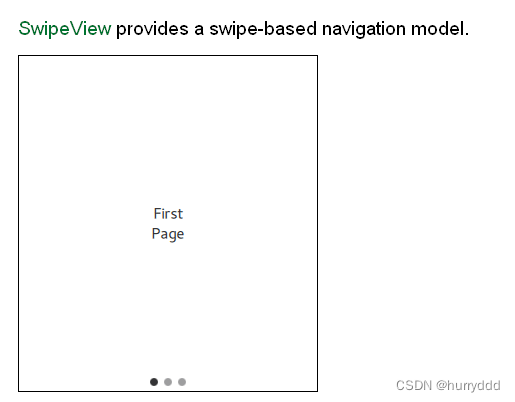
7 ListView与自定义model配合使用
在项目开发中,常会用到 Repeater、ListView、TableView 等来进行多个重复控件的绘制,它们都用到了 model 属性来定义控件的数量和一些数据,但是实际项目中,往往数据都会很复杂,用model默认的 数值类型(model: 3)、List类型(model:["btn1", "btn2", "btn3"])、ListModel类型(model: ListModel {ListElement {}}) 不能满足所以需求,这时候就需要自定义model类型了
自定义方法如下:
1、创建一个Qt Item Model,继承自 QAbstractListModel
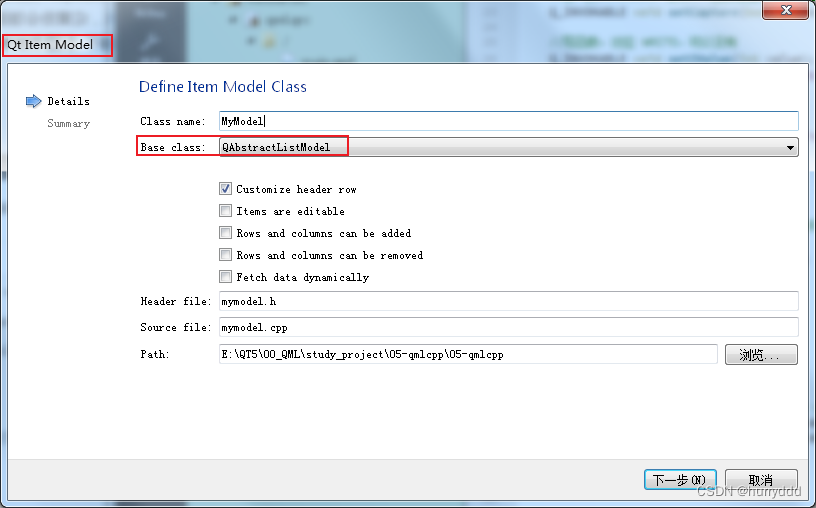
2、自定义数据类型和QML端的字符串跟C++端数据之间的枚举
3、添加 roleNames 函数, 映射C++端的枚举与QML端的字符串
4、实现数据的读取,QT会自动将QML端传来的字符串按照 roleNames 的映射关系映射成枚举role.然后可通过index来返回m_data中的role数据
mlistmodel.h
#ifndef MYLISTMODEL_H
#define MYLISTMODEL_H
#include <QAbstractListModel>
//1.1、定义自定义数据类型
class MyData
{
public:
//定义有参构造函数,使用初始化列表的方式初始化变量
MyData(QString s, int v):str(s),value(v) {}
QString str;
int value;
};
class MyListModel : public QAbstractListModel
{
Q_OBJECT
public:
//1.3、自定义枚举,映射QML端的字符串
enum MyRoleName{
Name = Qt::DisplayRole + 1,
Value
};
explicit MyListModel(QObject *parent = nullptr);
static MyListModel * getInstance(); //单列
// Header:
//几乎用不到
QVariant headerData(int section, Qt::Orientation orientation, int role = Qt::DisplayRole) const override;
// Basic functionality:
//model的大小/长度 或者说是 元素的个数
int rowCount(const QModelIndex &parent = QModelIndex()) const override;
//3、现实数据读取,QT会自动将QML端传来的字符串按照roleNames的映射关系映射成枚举role.然后可通过index来返回m_data中的role数据
//index是一个二维坐标,比如(0,0) 指示的是 (row index, column index)
//对于ListModel而言,columnCount和column index是没有用的,所以实际使用的只有row index
QVariant data(const QModelIndex &index, int role = Qt::DisplayRole) const override;
//2、添加roleNames,它是继承自 QAbstractListModel
//作用为 映射C++端的枚举与QML端的字符串
QHash<int,QByteArray> roleNames() const override;
private:
//1.2、创建自定义数据类型
QList<MyData> m_data;
};
#endif // MYLISTMODEL_Hmlistmodel.cpp
#include "mylistmodel.h"
MyListModel::MyListModel(QObject *parent)
: QAbstractListModel(parent)
{
m_data.append(MyData("zhangsan", 111));
m_data.append(MyData("lisi", 111));
m_data.append(MyData("wangwu", 111));
}
MyListModel *MyListModel::getInstance()
{
static MyListModel *obj = new MyListModel;
return obj;
}
QVariant MyListModel::headerData(int section, Qt::Orientation orientation, int role) const
{
// FIXME: Implement me!
}
int MyListModel::rowCount(const QModelIndex &parent) const
{
// For list models only the root node (an invalid parent) should return the list's size. For all
// other (valid) parents, rowCount() should return 0 so that it does not become a tree model.
if (parent.isValid())
return 0;
// FIXME: Implement me!
m_data.count();
}
QVariant MyListModel::data(const QModelIndex &index, int role) const
{
if (!index.isValid())
return QVariant();
if(role == MyRoleName::Name){
return m_data[index.row()].str;
}
else if(role == MyRoleName::Value){
return m_data[index.row()].value;
}
// FIXME: Implement me!
return QVariant();
}
QHash<int, QByteArray> MyListModel::roleNames() const
{
QHash<int, QByteArray> roles;
//映射C++端的枚举与QML端的字符串
//字符串是QML端使用,枚举是C++端判断
roles.insert(MyRoleName::Name, "name");
roles.insert(MyRoleName::Value, "value");
return roles;
}5、在 engine.load 前注册模块
int main(int argc, char *argv[])
{
QCoreApplication::setAttribute(Qt::AA_EnableHighDpiScaling);
QGuiApplication app(argc, argv);
QQmlApplicationEngine engine;
//注册MyListModel模块
QQmlContext *context = engine.rootContext();
//1、使用setContextProperty设置全局对象/上下文对象。作用域为全局
//参数:模块名称,实例
context->setContextProperty("MyListModel", MyListModel::getInstance());
//2、使用qmlRegisterType注册模块,在qml中通过 import 模块名称 进行引用
//这种方法测试不行
//模块名称、主版本号、次版本号、类名称
// qmlRegisterType<MyListModel>("MyModel", 1, 0, "MyListModel");
const QUrl url(QStringLiteral("qrc:/main.qml"));
QObject::connect(&engine, &QQmlApplicationEngine::objectCreated,
&app, [url](QObject *obj, const QUrl &objUrl) {
if (!obj && url == objUrl)
QCoreApplication::exit(-1);
}, Qt::QueuedConnection);
engine.load(url);
return app.exec();
}6、QML中使用
import QtQuick 2.12
import QtQuick.Window 2.12
import QtQuick.Controls 2.12
//import MyModel 1.0
Window {
width: 640; height: 480
visible: true
title: qsTr("Hello World")
ListView {
width: 200; height: 300
//1、model为list类型
// model: ["zhangsan", "lisi", "wangwu"]
//2、model为ListModel类型
// model: ListModel{
// ListElement{
// name: "zhangsan"
// value: 111
// }
// ListElement{
// name: "lisi"
// value: 222
// }
// ListElement{
// name: "wangwu"
// value: 333
// }
// }
//3、model为自定义model类型
model: MyListModel
delegate: Text {
id: txt
text: name + " " + value
}
}
}8 Timer
Window{
width: 640
height: 480
visible: true
title: qsTr("Hello World")
color: "white"
property int time: 0
Timer{
id: timer
interval: 1000
// running: true
repeat: true
triggeredOnStart: true //在start的时候也会触发onTriggered
onTriggered: { //超时回调函数
time += 1 //更新Text的内容
}
}
Text {
id: txt
text: time
font.pixelSize: 68
anchors.centerIn: parent
}
Button{
id: startbtn
text: "start"
onClicked: {
timer.start()
}
}
Button{
id: stopbtn
text: "stop"
anchors.left: startbtn.right
anchors.leftMargin: 30
onClicked: {
timer.stop()
}
}
}